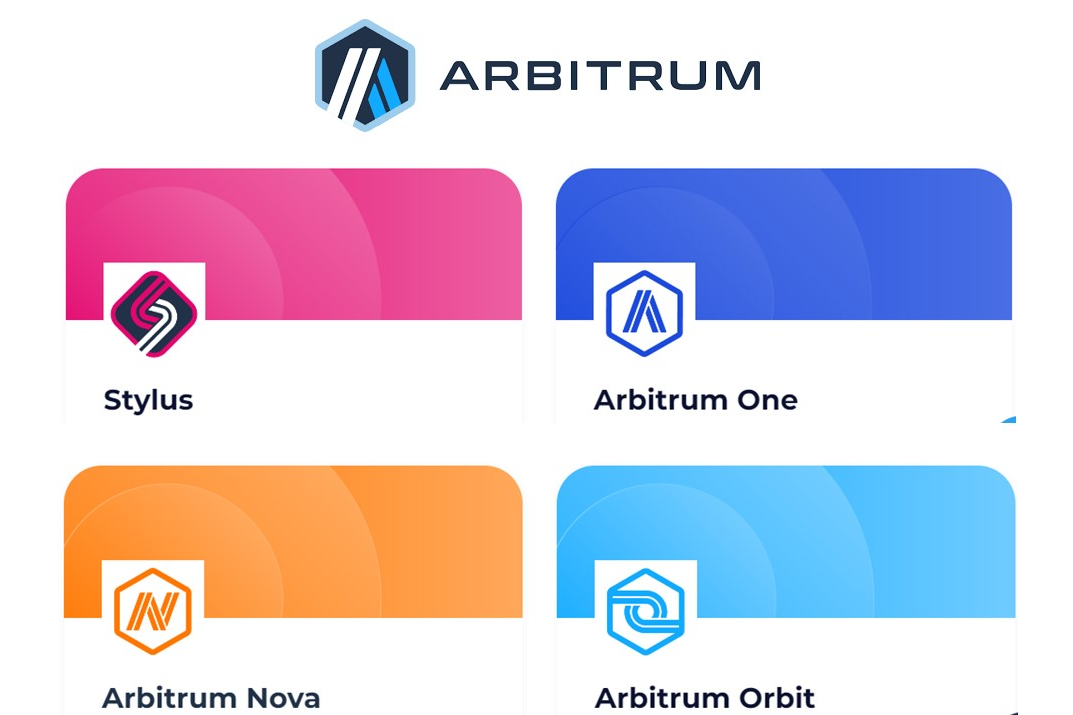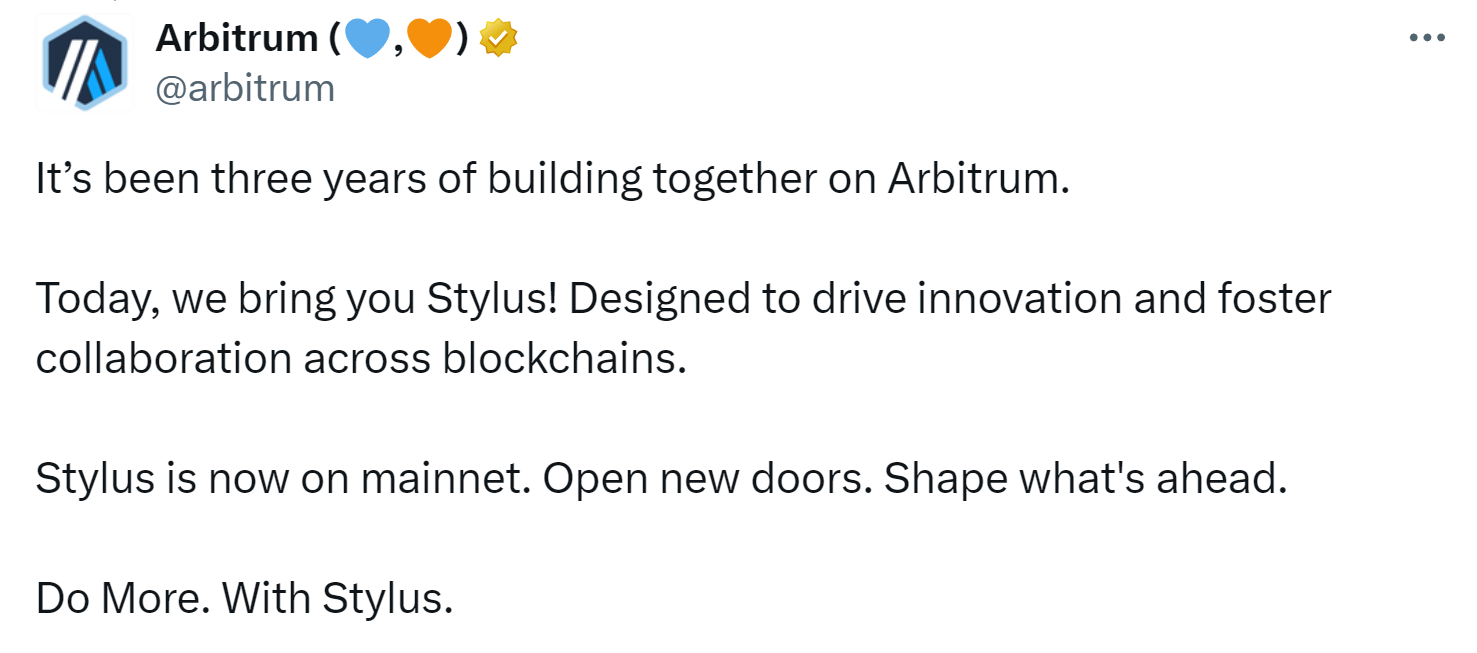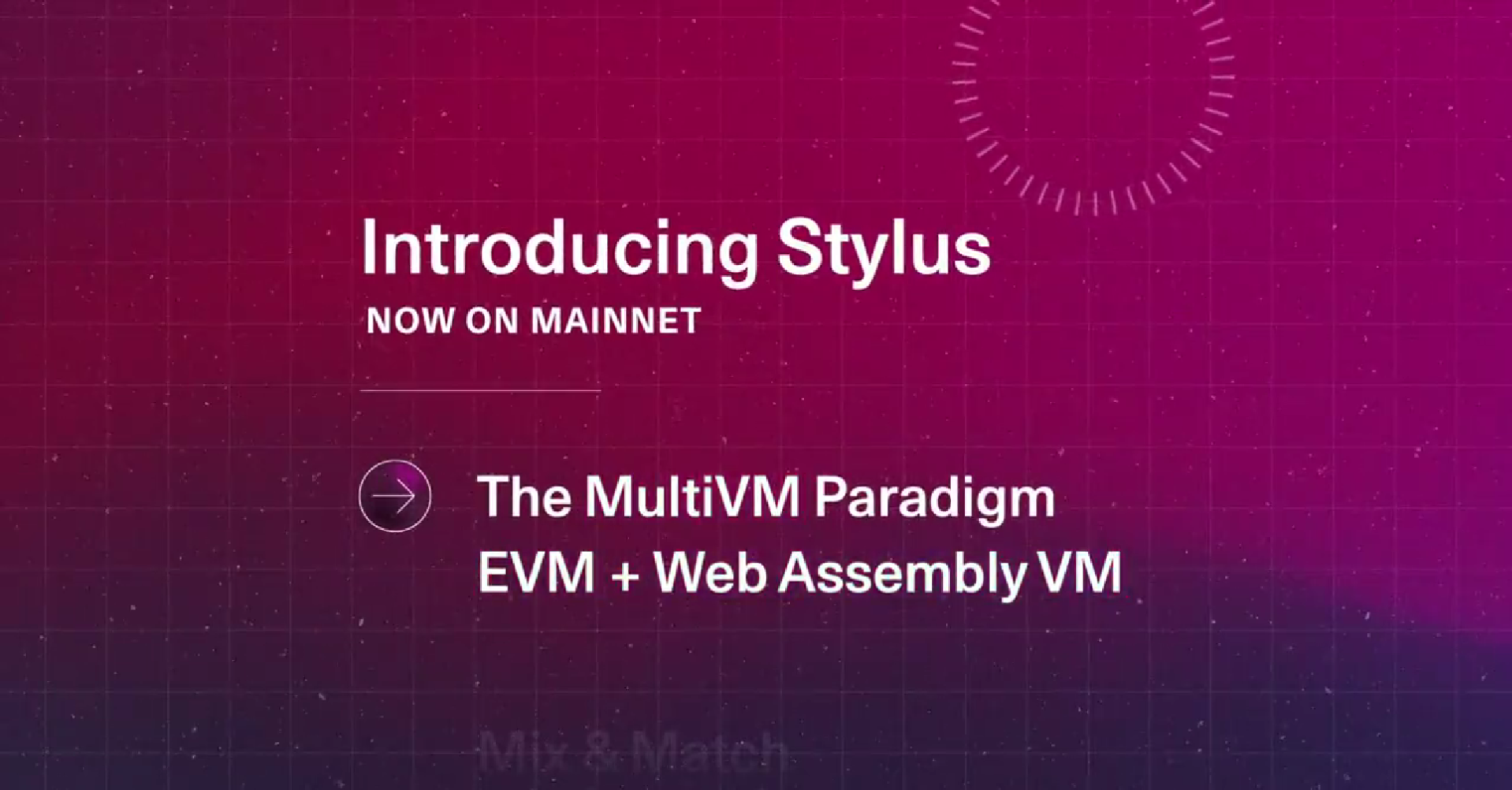2024-09-04

Offchain Labs has developed
several Arbitrum blockchain networks, each with a specific purpose and set of
features.
Here is a list of the main Arbitrum
blockchains:
1. Arbitrum One
Type: Layer 2 Rollup
Arbitrum One is the flagship Layer 2
scaling solution for Ethereum. It uses optimistic rollups to increase transaction throughput while reducing costs, all while inheriting the
security of the Ethereum mainnet. It is fully compatible with the Ethereum
Virtual Machine (EVM), making it easy for developers to migrate or deploy dApps
built for Ethereum.
2. Arbitrum Nova
Type: Layer 2 Rollup (Optimized for
Social and Gaming Applications)
Arbitrum Nova is another Layer 2 chain
focused on ultra-low-cost transactions, particularly aimed at gaming, social
applications, and other use cases that require high throughput with minimal
transaction costs. It uses a different security model called AnyTrust, which
offers even cheaper transaction fees by assuming that at least one of the
network’s validators is honest.
3. Arbitrum Stylus (Mainnet has been
launched)
Type: Developer-Focused Layer 2
Arbitrum Stylus is addition
designed to expand the developer ecosystem by supporting smart contract
development in popular languages like Rust, C, and C++. This chain is expected
to integrate closely with Arbitrum One, allowing developers to write and deploy
contracts in these languages while still benefiting from Ethereum compatibility
and Layer 2 scaling.
4. Arbitrum Orbit
Type: Layer 3
Arbitrum Orbit is a future plan for
Layer 3 chains built on top of Arbitrum One or Arbitrum Nova. These Layer 3
chains would be specialized blockchains tailored for specific use cases,
providing even more customization, scalability, and flexibility for developers.
This is part of Arbitrum's broader vision for a multi-chain future, where
different layers can cater to different needs and use cases.
These blockchains represent the various
layers of scaling and specialization within the Arbitrum ecosystem, each
designed to address specific needs in the decentralized application space.


On September 3, 2024, Offchain Labs announced
the mainnet launch of Arbitrum Stylus, a new virtual machine designed to
support multiple programming languages for development of decentralized
applications (DApps).
By supporting multiple progamming
languages Arbitrum Stylus removes barriers to develop decentralized applications (DApp) for
Web3.
Arbitrum Stylus lets developers to use
both traditional EVM tools and WASM-compatible languages like Rust, C, and
C++ to build applications on Arbitrum.
Arbitrum Stylus enables developers to write smart contracts and dApps in Solidity, Rust, C, and C++.
What is Arbitrum Stylus?
Arbitrum Stylus is a feature of the
Arbitrum blockchain network that allows developers to write smart contracts using popular programming languages like Rust, C, and C++.
Traditionally, Ethereum-based smart
contracts are written in Solidity, a language specifically designed for the
Ethereum Virtual Machine (EVM). However, Solidity has a steep learning curve
and lacks the robustness and flexibility of more established languages.
Stylus aims to bridge this gap by
enabling developers to use languages they are already familiar with. This can
significantly lower the barrier to entry for new developers wanting to build on
Arbitrum, a layer 2 scaling solution for Ethereum.
By supporting these languages, Stylus
not only enhances developer productivity but also allows for more complex and
performance-optimized contracts.
Key features of Arbitrum Stylus
include:
1. Broader
Language Support: Developers can write smart contracts in Rust, C, and
C++, which are more widely known and used than Solidity.
2. Interoperability
with EVM: Contracts written in traditional languages can interact seamlessly
with existing Solidity contracts and other Ethereum-compatible tools.
3. Performance
Enhancements: By leveraging more efficient languages and compiling to
WebAssembly (Wasm), Stylus can potentially improve the performance of smart
contracts.
4. Developer
Flexibility: It offers more flexibility and efficiency, especially
for developers who are already proficient in these languages and do not want to
learn Solidity from scratch.
Arbitrum Stylus is part of Arbitrum’s
broader strategy to create a more developer-friendly environment and to drive
innovation on its platform by making it accessible to a wider range of
programmers.
Arbitrum has a vision to create a blockchain
that support many programming languages.